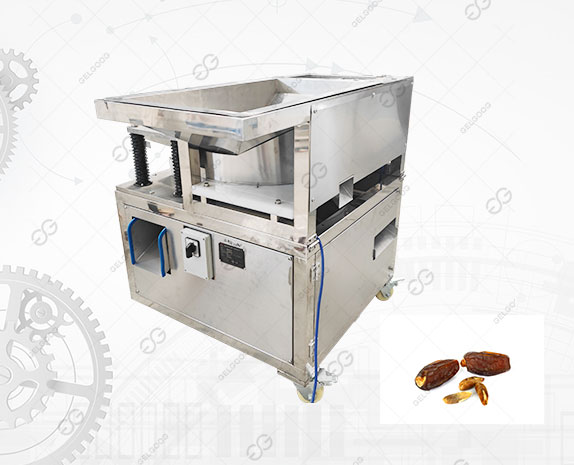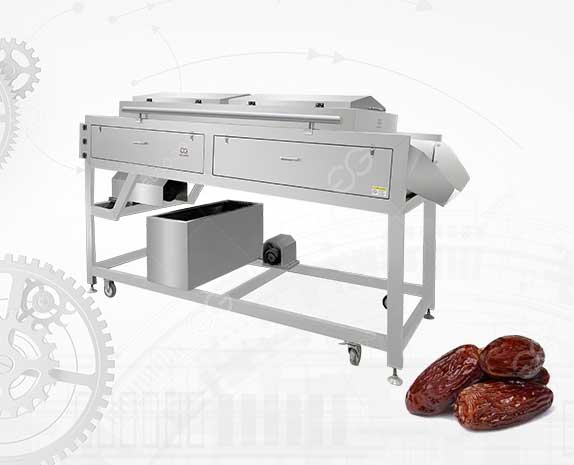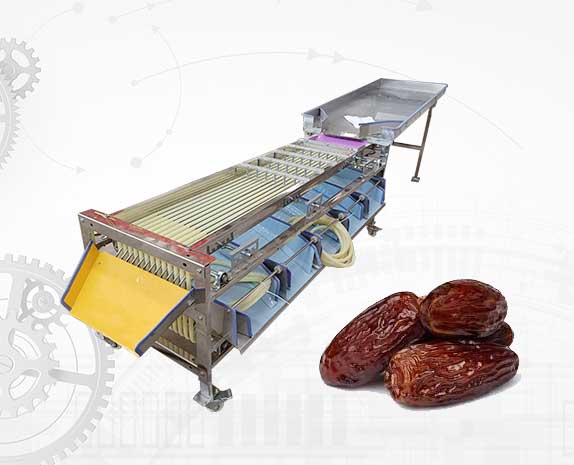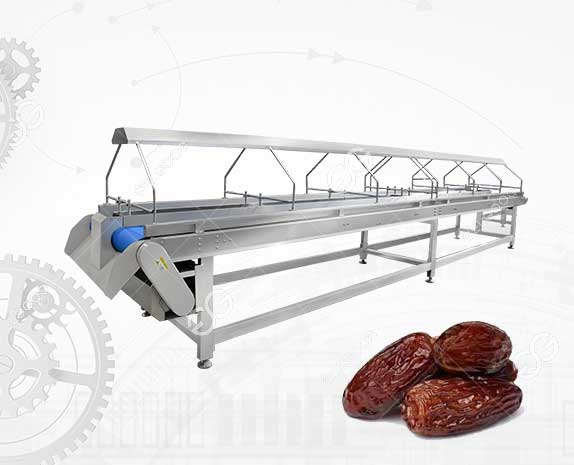Dates are not just delicious fruits; they are also a fascinating product of intricate processing. Have you ever wondered how those perfectly packaged dates end up on your plate, ready to be enjoyed? Join us on a journey inside the date processing factory to unravel the mystery behind this sweet treat.
Harvesting:
The journey of a date begins in the orchard, where skilled workers carefully harvest the ripe fruit from date palm trees. Dates are usually harvested when they reach their optimal ripeness, which varies depending on the variety. This ensures maximum sweetness and flavor.
Sorting and Cleaning:
Once harvested, the dates are transported to the processing facility, where they undergo sorting and cleaning. This step is crucial to remove any debris, dirt, or damaged fruits. Automated sorting machines scan the dates, separating them based on size, color, and quality.
Washing and Sanitizing:
After sorting, the dates go through a thorough washing and sanitizing process to remove any remaining impurities. This step is essential to maintain hygiene standards and ensure the safety of the final product. Water is commonly used to wash the dates, followed by sanitizing agents to eliminate bacteria and pathogens.
Drying:
Once cleaned, the dates are dried to remove excess moisture. Drying is typically done using a combination of air drying and dehydration methods. This step helps extend the shelf life of the dates and prevents mold or bacterial growth.
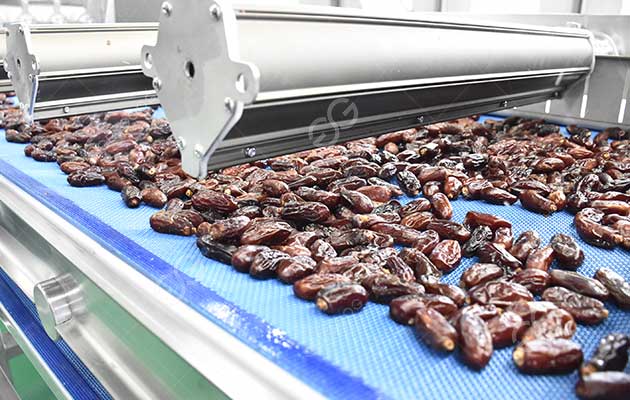
Grading and Packaging:
After drying, the dates are graded based on quality and size. Grading ensures that only the best-quality dates make it to the market, while smaller or imperfect fruits may be used for other purposes such as date paste or syrup. Once graded, the dates are carefully packaged into various formats, including bulk containers, bags, or trays, ready to be shipped to retailers or consumers.
Quality Control:
Throughout the entire processing journey, strict quality control measures are in place to ensure that the dates meet industry standards and consumer expectations. Quality control involves regular inspections, testing, and sampling to monitor factors such as taste, texture, moisture content, and cleanliness.
Storage and Distribution:
Once packaged, the dates are stored in temperature-controlled warehouses to maintain their freshness. From there, they are distributed to supermarkets, specialty stores, or exported to markets around the world. Proper storage and transportation are crucial to preserving the quality of the dates during transit.
Conclusion:
From the palm tree to your plate, the journey of a date involves meticulous processing and care every step of the way. By understanding the intricate processes involved in date processing, we can truly appreciate the journey that these sweet fruits undergo to reach our tables. So, the next time you enjoy a delicious date, remember the fascinating journey it took to get there.

